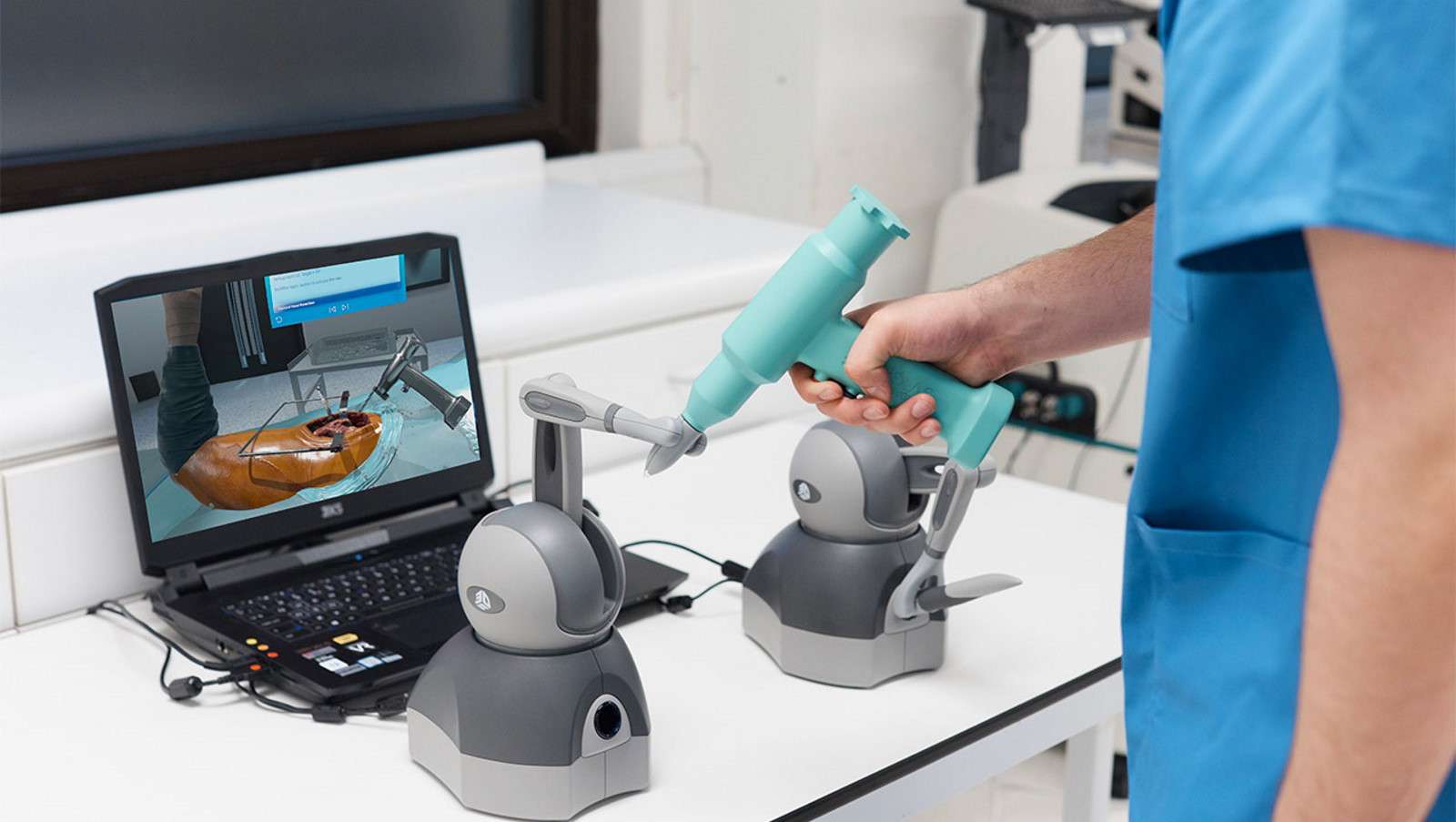No more cutting corpses, here is the surgery in virtual reality

An update of the Fundamental Surgery virtual reality educational platform improves the simulation of soft tissues thanks to a new, more realistic haptic feedback. The publisher wishes to make it possible to dispense entirely with training on corpses within a few years.
This will also interest you
[EN VIDÉO] Fanny Burney, the author of the nineteenth century who described her own operation without anesthesia In 1811, the British author Frances Burney is forced to undergo a total removal of the breast…
Before they can perform their first operations on patients, medical students must first train on corpses. In order to offer an alternative, FundamentalVR launched last year its Fundamental Surgery platform which allows this training to be performed in virtual reality (VR). The firm has just announced an update that adds an improved soft tissue simulation.
The firm has developed its own kinesthetic haptic feedback system, in other words the sensation of resistanceresistance of virtual objects. For this, in addition to the classic VR controllers, FundamentalVR offers various surgical tools connected to mechanical arms allowing precise training on the various operations.
Fundamental Surgery is a virtual reality surgical simulation to allow medical students to learn the right gestures. © FundamentalVR
Virtual reality as a learning tool
The update makes haptic feedback at the soft tissue level much more realistic, allowing surgeons to “manipulate, feel and explore the texture texture of the anatomy anatomy”. This update does not only concern the skin, since it improves simulations around the spine, as well as for orthopedic and ophthalmological interventions.
The goal is to allow medical students to acquire the right gestures and train procedural memory. According to Richard Vincent, CEO of FundamentalVR, the firm has brought “a new level of realism to medical education to the point where the need to train in laboratories, on corpses or on patients could be eliminated in just a few years”.








